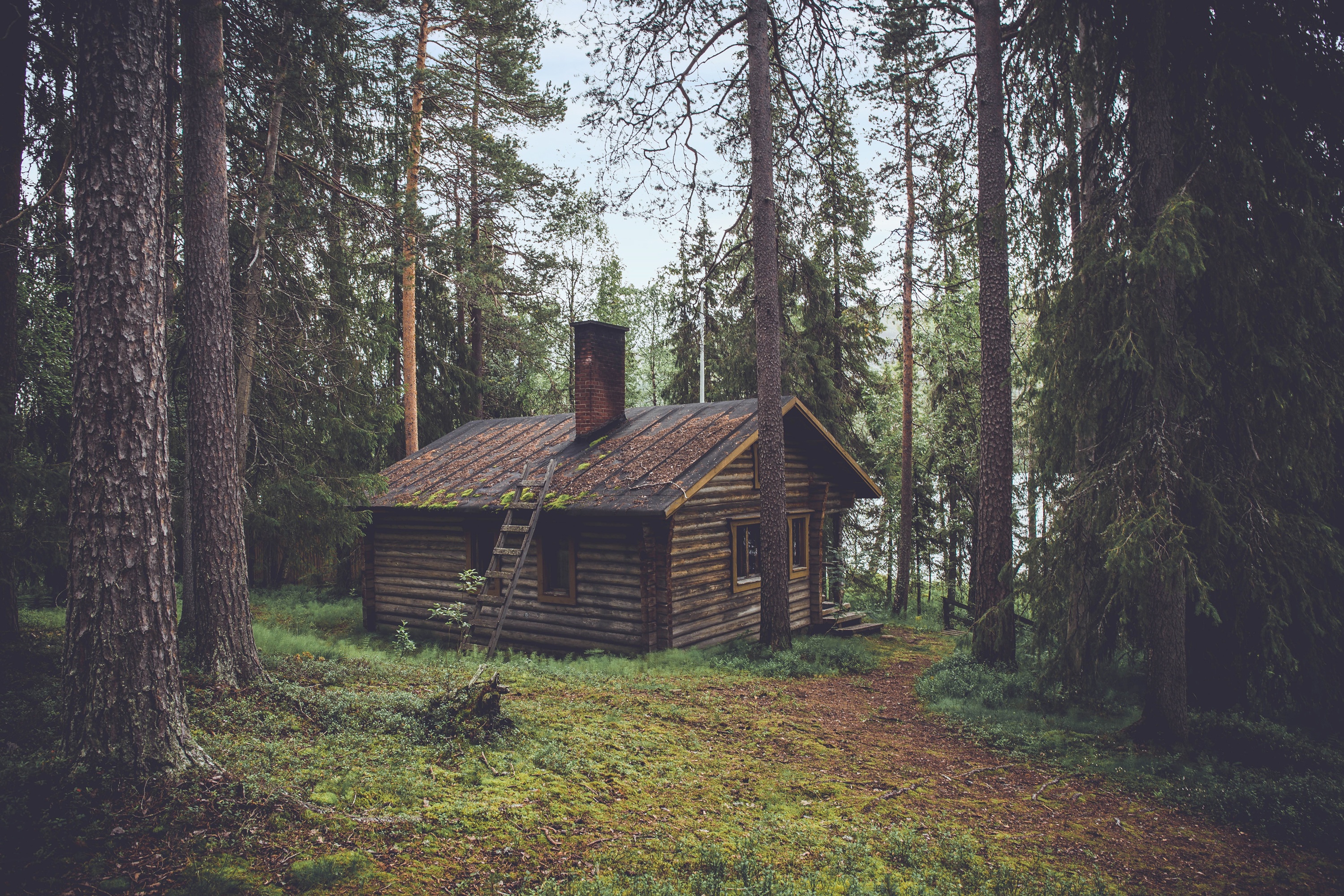We create spaces in our homes for the activities that are important to us and sustain us. We have spaces for eating, sleeping, playing, and cooking. We may have spaces for sewing, writing, reading, gardening, painting, or model train building. We often define the rooms of our homes by what we do in them – dining, living, entertaining – or the objects we use in them – beds, TVs, baths. Do we have spaces in our homes to just be?
Last year, I decided to create a small meditation space in my home as a place, and as a reminder, to practice stillness and silence. We’ve recently done some minor remodeling and redecorating, so we repurposed part of our study {which is actually the living room, but since no one really uses living rooms, we’ve made ours an office} to expand and redecorate the space in our home for stillness.
Why Create a Meditation Space?
When we walk past our desk, we may be reminded to pay bills. When we walk past the refrigerator, we may be reminded to take something out for dinner. A meditation space reminds us of our intention to practice stillness.
You don’t have to believe in Feng Shui to know that we are influenced by our surroundings. We know that using our iPads or watching TV in bed can interfere with our sleep. Similarly, we might have difficulty finding stillness in an area of our home associated with activity and energy. We will find it easier to quiet our minds in a special space dedicated to meditation.
How to Create a Meditation Space
Determine the purpose of your space. This article about creating a meditation space from Gaiam Life advises you start by thinking about the purpose of your space – is it to have a private place for meditation, or to have shared space with others? Is it to create a serene feeling in your home, or for you to seek inner calm and clarity? The purpose of your space will help you determine where it should be and what you will need.
Find a space. You don’t need an entire room for meditation – a corner of a room will do. You could also use an empty, spacious closet {if you have one!} Based on the purpose of your space, you could make it in a main area of your house, in a corner of your bedroom, or even in your backyard or garden.
Decorate your space. What images or objects will fit the purpose of your space? Most people recommend a minimalist approach to decorating a meditation area, in order to avoid distractions. My space has images of the Buddha, candles, and bowls. You might want to incorporate flowers, cushions and pillows, or special lights. I like having blankets and pillows to create a sense of softness. Choose something that is meaningful to you and sets this area of your home apart.
The table in my meditation space –
The Buddha statue that adorns my space is my favorite image of the Buddha: the “Earth Touching Buddha.” The Buddha sits in his dignified state of meditation, but his right hand is touching the earth. Even after attaining Enlightenment, the Buddha remained of this world and lived in this world. It’s my reminder that we are ALL living Buddhas.
Supply your space. You don’t really need anything to meditate besides your body and breath. But if you use a meditation pillow and cushion, or a singing bowl, or beads in your practice you could display them. Some people also choose to have an “altar” or a table, perhaps decorated with a scarf. It’s helpful to sometimes have a focal point – a statue or an image.
We keep the kids’ mind jars on the shelves below the table, as they use this space as their “calm down area.” My daughter keeps her meditation cards from Thich Nhat Hanh’s Planting Seeds at the table, too. I also have a singing bowl – this is useful when I am practicing with my children. We do a few minutes of mindful breathing or mindful listening. To help them focus their attention, we ring the bowl and breathe silently until we can no longer hear even a trace of the sound.
Make your space sacred. By “sacred,” I don’t mean religious or spiritual {although you certainly could make it that if it’s part of your practice}. I mean sacred as in the opposite of mundane. You should associate this area of your home with stillness, with special time for yourself or your family that is devoted to your practice. We only use this space for rest, yoga, meditation, or quiet time. My children know that the decorations are not toys, and that this is an area of the house they can come to when they need some quiet time alone.
You may want to make your space visible. For some, a meditation area may be private, but I love that my space is in the front of our home. I love that this is my view as I sit and write at my desk. It is a call to mindfulness.
Additional Resources for Creating Meditation Spaces
This post at Inspired Living by Keri Murphy describes creating a stylish meditation space, and has a short video.
This article from The Art of Living has more advice about choosing a space in your home, as well as creating a meditation space in your office.
For some not-very-realistic-for-your-average-middle-class-home inspiration, check out the gorgeous meditation rooms here!
This post on Design Sponge has a great list of possible items to include in your space. Find a few more things to consider in this article, Create a Meditation Space at Home from Mother Earth Living.
You can also visit my Meditation Spaces and Starting a Meditation Practice boards on Pinterest.
Perhaps we can think of our meditation space in our home as our being room.
It’s a place to center ourselves before venturing out for our busy days. And it’s a safe and sacred retreat to which we return, day after day. It calls us to our practice, to literally re-treat ourselves each day to stillness and mindfulness.
Do you have a meditation space?
By Sarah Rudell Beach








